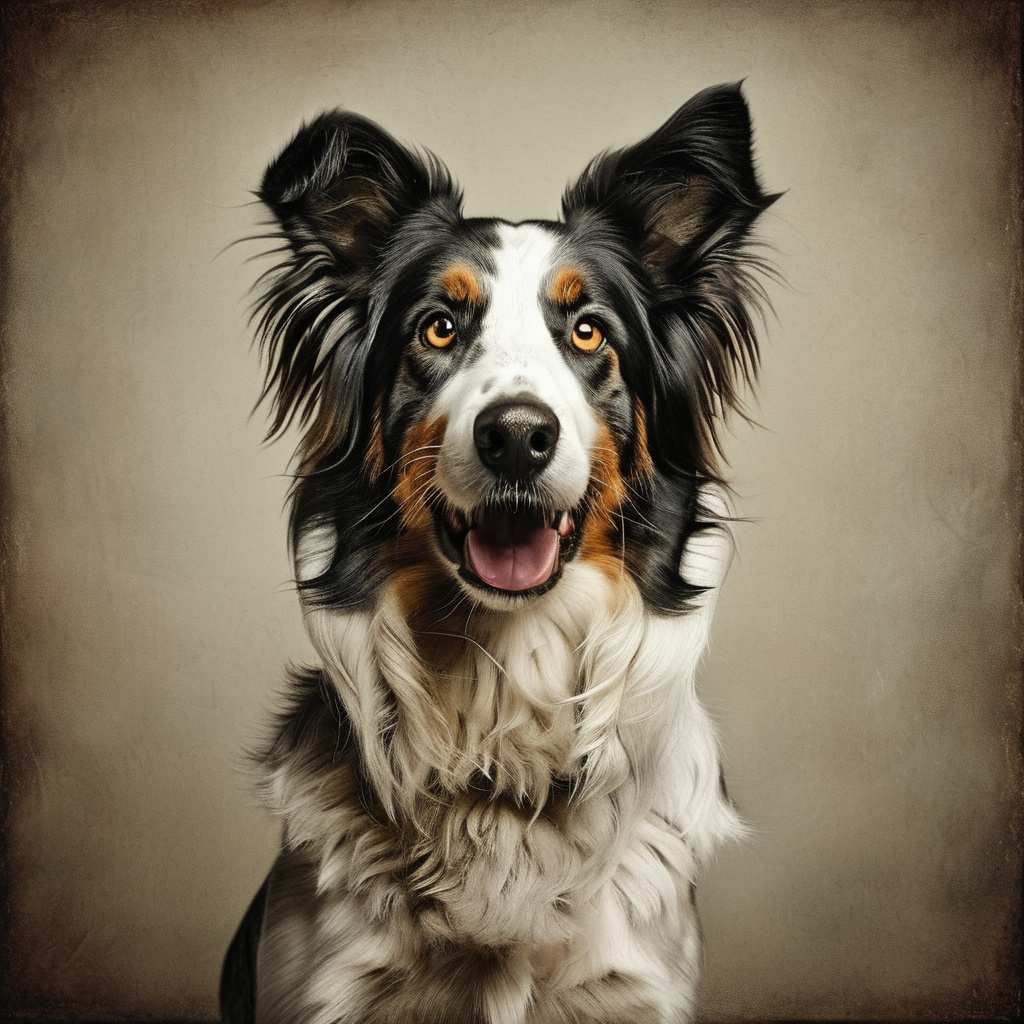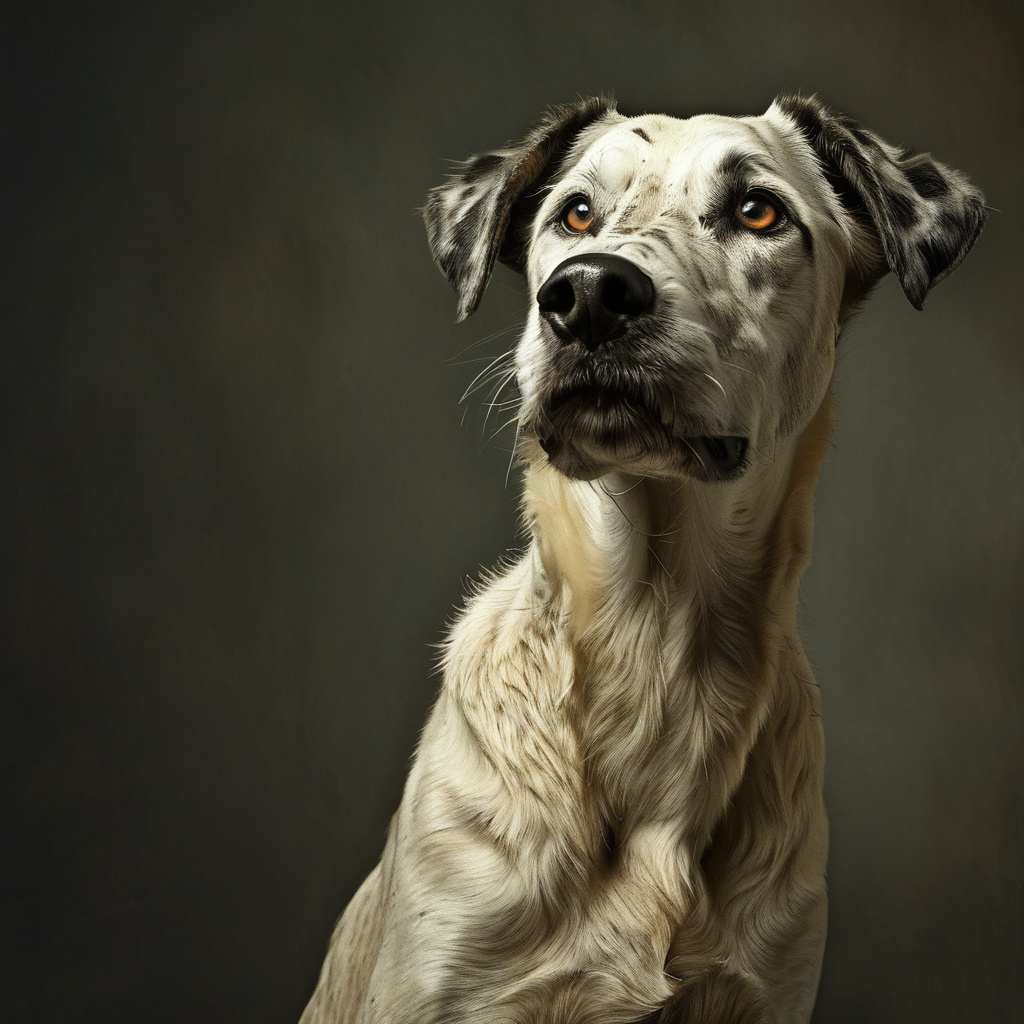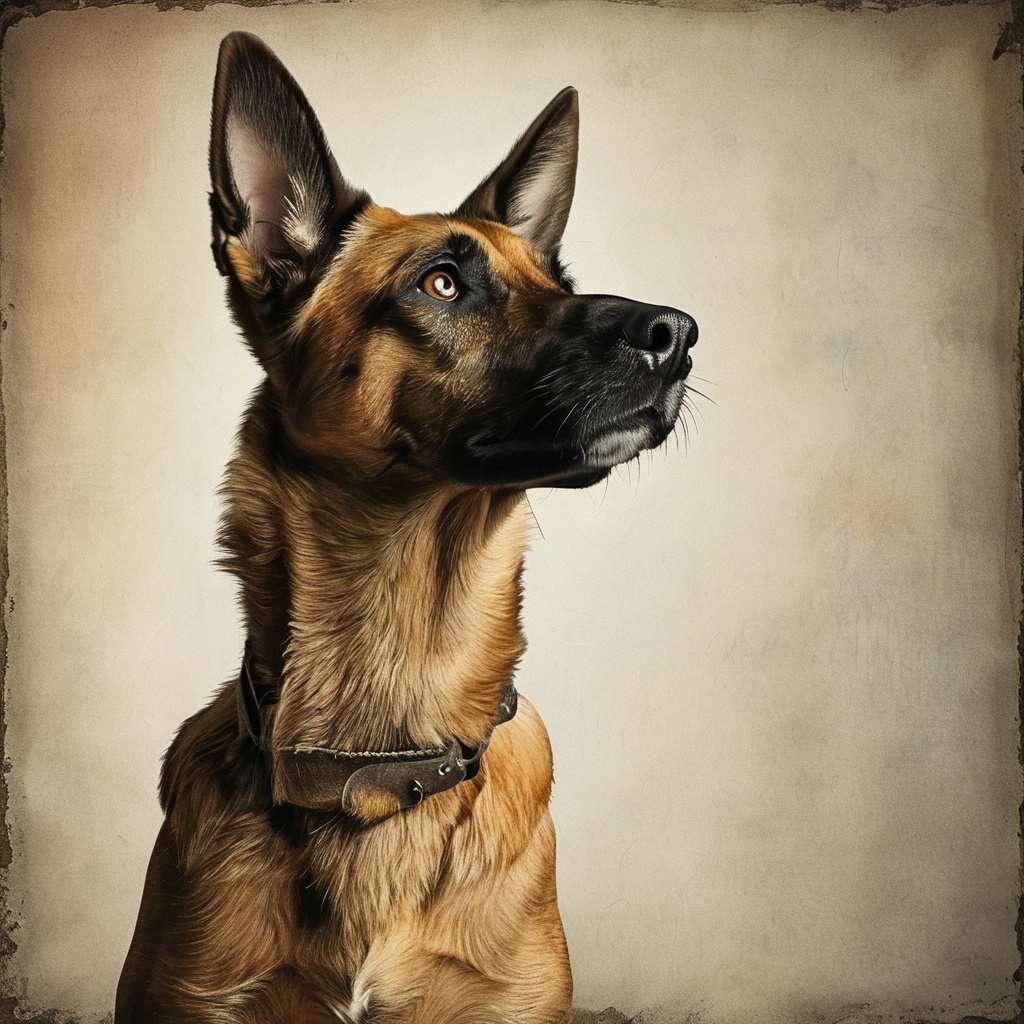 Introduction:
Introduction:
Veterinary osteopathy is an emerging, non-invasive, and holistic practice aimed at enhancing the health and well-being of animals. By leveraging knowledge from various scientific fields, including biology, physics, and medicine, this method strengthens the body’s natural ability to self-heal and regulate. Through manual techniques, osteopaths work on musculoskeletal structures, nervous systems, and internal organs to restore mobility and balance within the body. With a focus on improving physiological functions and homeostasis, veterinary osteopathy complements traditional veterinary care, particularly in the treatment of injuries, chronic conditions, and behavioral issues in animals.
Osteopathy is a very popular method of diagnosing, treating and preventing animal diseases outside of Poland. With a tradition of over 150 years, it is still in its infancy in Poland, but it is gaining momentum and recognition every year. It has many applications, and its main goal is to improve the health and quality of life of animals.
Related Post: The Power of Cuddling: Building Bonds Between Humans and Animals
What is veterinary osteopathy?
It is a manual, non-invasive and non-pharmacological method. Osteopathy uses the knowledge of physics, chemistry, biology and osteopathy to strengthen and accelerate the body’s natural self-regulating processes. The very first session stimulates and activates the body’s cells for further work, improves tissue mobility and fluid circulation, and relieves tension in the muscle structure. This is especially useful after surgery when scars, illness, or injury are poorly healed. Osteopathic medicine is most effective when used in conjunction with a veterinarian and, in some cases, a physical or behavioural therapist. Based on current medical knowledge, the osteopath works on nervous, skeletal, joint, muscular, skeletal and fascial structures and their associated blood and lymphatic vessels, as well as internal organs. All techniques used are aimed at improving physiological function and supporting homeostasis.
 This branch of medicine is based on three fundamental and immutable pillars:
This branch of medicine is based on three fundamental and immutable pillars:
The first is that the organism is one, and the connection between mind, body and spirit is dynamic. Symptoms that occur in one part of the body can come from a completely different part of the body.
The second principle is that the structure of the body and its functions are interconnected and controllable.
The third and final value is the belief in self-regulation and self-healing.
Related Post: Understanding Veterinary Diets: Purpose, Benefits, and Proper Usage
Who is an animal osteopath?
An animal osteopath is a person with extensive knowledge of anatomy, medicine, physics, physiology, osteopathy, veterinary medicine and manual techniques. The work is facilitated by knowledge of animal psychology and behavioural skills. There is no unified legal and professional situation in this field in Poland. The profession is not yet included in the relevant register. At present, the possibility of studying and acquiring practical and theoretical knowledge of this medical science exists only in private schools.
 Use of osteopathy in the treatment of animals
Use of osteopathy in the treatment of animals
Every disease, trauma, malnutrition or abuse and trauma leaves traces in the body. Osteopathy, as a science, has common goals, such as improving the welfare of animals, maintaining good health, preventing injuries, and assisting in recovery from neurological trauma. The therapy assists in the treatment of arthritis, ligaments, spinal injuries, dysplasia, pain and developmental complications. However, depending on the species and its specifications, this medication may have additional effects on certain areas of life. In dogs, it will be an improvement in sports (agility, coursing, dog frisbee, dog trekking).
Related Post: Choosing the Best Dog Treats: A Guide to Healthy, Natural Options for Your Pet
Osteopathy for horses
In the case of horses, the most important areas of treatment can be properly treated. In this species, the rider plays an essential role – it is he who guides the horse, and his behaviour has a direct influence on the animal and its health. This results in an increased number of problems that require the intervention of osteopaths, such as back pain, asymmetrical gait, and unevenly developed muscle parts. Horses suffering from colic, ulcers, postpartum, hard and frequent training, etc., also need to be consulted.
Osteopathy for cats
However, osteopathic treatments for cats are the most complicated. Not all techniques that have been successfully applied to other species can be applied to cats. The osteopath must have a specific approach to this species, like and understand it. As with exotic animals, special, different therapeutic techniques are usually used for cats.
Related Post: Everything You Need to Know About the Lively and Lovable Miniature Schnauzer
 Osteopathy as an aid in the treatment of behavioral problems in animals
Osteopathy as an aid in the treatment of behavioral problems in animals
Interestingly, osteopathy works well in solving behavioural problems in animals or as a form of help and support for the work of a behaviourist. The therapy helps to overcome trauma and relax or tighten the muscles responsible for incontinence, for example.
The first visit should take place around the first year of the pet’s life before any symptoms are noticed. This will allow you to identify dysfunctions that may cause further complications in the future. Once therapy is underway, appointments are made on an individual basis, usually every three months. This is when the body begins to work and regenerate. Dogs and cats are recommended to be seen every year, and horses are seen every six months.
Osteopathic therapy brings clarity and sheds new light on some of our pets’ ailments. It is an alternative or natural complement to veterinary care, and the visible relief and relaxation it brings has a positive effect on the animal’s health, including its mental health. Our animals will surely be grateful.
Conclusion:
Veterinary osteopathy offers a gentle and effective alternative or complement to conventional animal care. With its emphasis on manual techniques and a deep understanding of the body’s interconnected systems, osteopathy not only aids in treating physical injuries but also helps improve behavioral problems. By working closely with veterinarians and therapists, osteopaths contribute to the overall well-being of animals, ensuring a healthier, more balanced life. As the practice gains momentum in countries like Poland, it promises to become a vital part of veterinary medicine, addressing both the physical and psychological needs of pets and livestock.
FAQs:
- What is veterinary osteopathy?
Veterinary osteopathy is a manual, non-invasive treatment that focuses on strengthening the body’s self-healing processes by addressing issues in the musculoskeletal, nervous, and internal organ systems. - How does osteopathy benefit animals?
Osteopathy improves tissue mobility, enhances circulation, relieves muscle tension, and helps animals recover from surgery, trauma, or chronic conditions. It also supports behavioral therapy. - Can osteopathy be used alongside traditional veterinary care?
Yes, osteopathy works best when integrated with veterinary care, often in conjunction with physical or behavioral therapy to achieve optimal results. - Is veterinary osteopathy suitable for all animals?
While osteopathy is widely used for dogs, horses, and cats, the techniques may vary depending on the species, especially for more delicate animals like cats and exotic species. - How often should animals undergo osteopathic treatment?
Typically, osteopathic sessions are recommended every three months during therapy. For maintenance, dogs and cats may be treated yearly, while horses are usually seen every six months. - Can osteopathy help with behavioral issues in animals?
Yes, osteopathy can assist in addressing behavioral problems by alleviating physical discomforts and trauma, improving an animal’s overall mental well-being. - Is veterinary osteopathy a recognized profession in Poland?
In Poland, veterinary osteopathy is still in its infancy and not yet legally regulated, with training currently offered only through private institutions.
References:
- General Osteopathic Council – UK
- British Veterinary Association (BVA)
- American Veterinary Medical Association (AVMA)
- Cornell University College of Veterinary Medicine
- American Academy of Osteopathy (AAO)
- National Center for Biotechnology Information (NCBI)
- ScienceDirect – Research Articles on Veterinary Medicine